
Calendar History & Facts
Where did it all come from?
Need A Calendar?
• Pocket (Purse) Calendar
• Flyer / 1 Sheet Calendar
• Jewel Case Calendar
Go to calendars
Also see:
• Calendar History and Facts
• GDS Yearly Pocket Calendars
2010 Calendar Info
... • Tree rings - Count the Years
2009 Calendar Info
... • Stonehenge –
... ..Ancient Time piece
2008 Calendar Info
... • Midnight Sun Info
... • Midnight Sun Videos
Year, Month, Day Defined
W
• 1 Year = 1 rotation of earth around the sun
• 1 Month = 1 rotation of moon around earth
• 1 Day = 1 rotation of earth facing the sun
• 1 Hour = ?
• 60 min. = Babylonians
Why The Seasons?
Africa didn't really have much temperature changes so tracked only seasons:
Wet and Dry
As homo sapiens moved north... warm and cold seasons were added:
Spring - Warm (and Wet then Dry)
Summer - Warm and Dry
Fall - Cold (and Dry then wet)
Winter - Cold and Wet
Where do the Names of our Days Come From?
| American (Latin or German) |
Roman Spanish |
German/ Teutonic |
| Monday (Moon day) |
Lunae Lunes (Moon) |
|
| Tuesday (Tiw's day) |
Martis Martes (Mars) |
Tiw |
| Wednesday (Mercury's day) | Mercurii Miercoles (Mercury) |
Wodens |
| Thursday (Thor's day) |
Jovis Jueves (Jupiter) |
Thor |
| Friday (Frigg's day) |
Veneris Viernes (Venus) |
Frigg |
| Saturday (Saturn's day) |
Saturni Sabado (Saturn) |
|
| Sunday (Sun day) |
Solis Domingo (Sun) |
.
Daylight-Saving
Time
Spring Forward
Fall Back
Wonder why you have to turn your clocks ahead and lose an hour next weekend?
It’s complicated. Americans first tried changing times in 1918. One reason
was World War I: It was thought we’d save fuel and encourage more evening
commerce with an extra hour of light at night. (Our enemy, Germany, had adopted
daylight-saving time in 1916.) Farmers hated it, and the idea wasn’t fully
revived until World War II. After 1945, states and cities could choose whether
to comply—so the hour might change back and forth several times in a matter
of miles. Congress finally made clock changes permanent in 1966, but states can
opt out. Arizona, Hawaii and parts of Indiana still do.
Leap Years
Every four years, we add an extra day to our calendars and go about our business,
probably not giving much thought to the significance of February 29th. But, its
importance dates back hundreds of years and without it our seasons and our calendar
would be very different today.
One solar year (the time it takes the earth to travel around the sun) takes 365.24219
days. Therefore, February 29th is added every fourth year to make the year agree
with the course of the sun. Having a leap year every 4 years, gives us 365.25
days.
For you mathematicians out there, you may have noticed that even with the addition
of a Leap Year Day there is still a small error of time, from .25 to .24219.
It amounts to about 11 minutes and 14 seconds each year, about one day every
128 years or about three days every 400 years.
To solve this dilemma it was decided that if the last year of a century, e.g.
1800, 1900, 2000, was exactly divisible by 400, then it becomes a leap year too.
According to this rule, 1800 and 1900 weren't leap years, but 2000 was.
So after all these calculations is there still a minor margin of error? Yes,
about 3 days for every 10,000 years. Small enough that it wouldn't effect a total
seasonal change (Summer becomes Winter) until approximately the year 597996.
Keeping track of time.
• Year, Month, Day Defined
• Why The Seasons
• Day Name Meaning
• Calendars - Ancient
• Daylight-Saving Time
• Leap Years
• Midnight Sun / Polar Night
..• The Facts
..• Videos of suns that never set!
Calendars
- Ancient
The word "calendar" itself seems to derive from the Latin word "kalendae",
referring to the first day of every month. Source 1
Our
fixation on time Also brief history of the calendar- article in
USA Weekend 12/19/04
Time Keepers - not full
fledged calendars

Stonehenge- about 4000 BC
Goseck Circle
t is considered the earliest sun observatory currently known in the world.
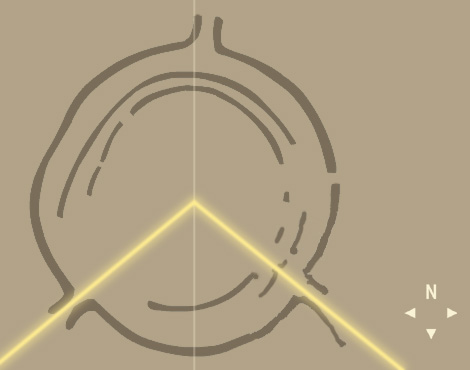
The Goseck circle is a Neolithic structure in Goseck in the Burgenlandkreis
district in Saxony-Anhalt, Germany.
It consists of a set of concentric ditches 75 meters (246 feet) across
and two palisade rings containing gates in defined places. Interpretations
of the ring suggest that European Neolithic (5500
- 3000 BC) and Bronze Age (3000 - 600
BC) people measured the heavens far earlier and more accurately
than historians have thought.
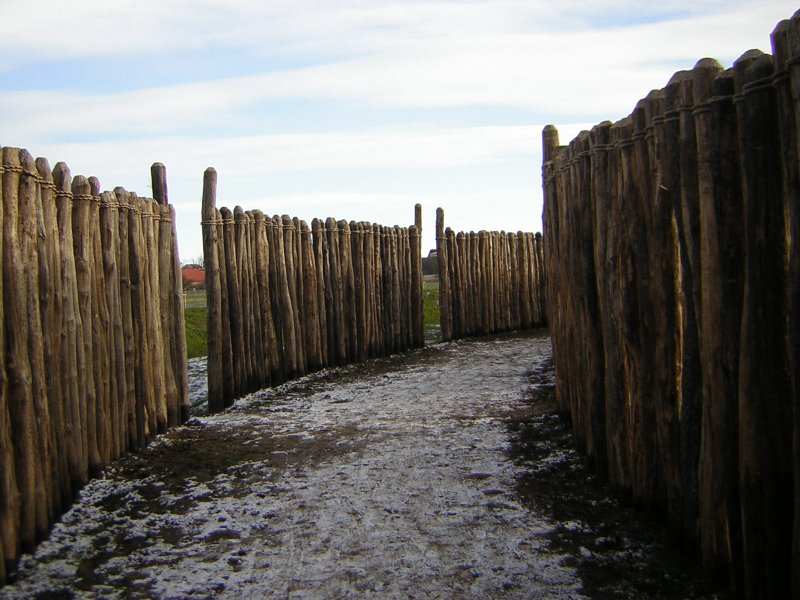
The site was made public in August 2003. German media have called the
site "German Stonehenge
Link1 • Link2 • Link3
Calendars
1 2 3 4
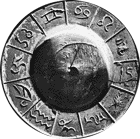
Egyptian Calendar • 4236 BC (the earliest recorded year in history)
Babylonian Calendar
Nisanu (the first month)
Aiaru (Procession month)
Simanu (Time of brickmaking)
Duzu (Month of Tammuz)
Abu (Moth of torches)
Ululu (Month of purification)
Tashritu (Month of beginnings)
Arahsamnu (Eighth month)
Kislimu
Tebetu (Month of violent rains)
Shabatu (Month of rain)
Addaru (Month of threshing)
Note: In post exilic books Babylonian names are employed for Jewish months.
Macedonian Calendar
Dios
Apellaios
Audynaios
Peritios
Dystros
Xanthikos
Artemisios
Daisios
Panemos
Loos
Gorpiaios
Hyperberetaios
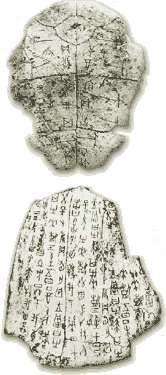
Chinese Calendar 1800 to 1200 BC
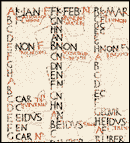
Roman Calendar • 700's BC
Julian Calendar - 45 BC introduced by Julius Ceasar
Gregorian Calendar - 1582 AD
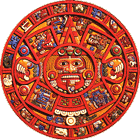
Mayan Calendar • Between 2000 BC - 1500 AD
• Around circa 1050 AD
• Info 1 2 3 4
(Aztec variation shown)
707
439-5323
imail@garsondesign
iwww.garsondesign
• Advertising
• • Ads
• • Billboards
• • Movie Screens
• Banners
• Billboards
• Bookmarks
• Books
• Brochures-Small
• Business Cards
• Calendars
• Cards
• Catalogs
• Client
Editable
• Copywriting
• Corporate I.D.
• Coupons
• Databases
• Direct Mail
• Display Booths
• Ethnic
• Events
• Flyers
• Forms
• Illustration
• Invitation
• Labels
• Logo
Design
• Maps
• Marketing
• Marketing
Source
• Military
• Newsletters
• Packaging
• Photography
• Photo Retouching
• Political
• Postcards
• Posters
• Presentation
• Folders
• Press Releases
• Printing
• Promotion
• Resume
• Signage
• Slides
• • Movie
Slides
• • Movie
Slide
• • Ordering
• Specialty Items
• Stationary
• Trademarking
• Translations
• T-Shirts
• Websites
• • Websites
• • FAQs
• • GDS
Banner Ads
• Yearbooks
UUpdated: Wed 12/9/09 3:28 PM
UCopyright © 2004 Garson Design Services
U